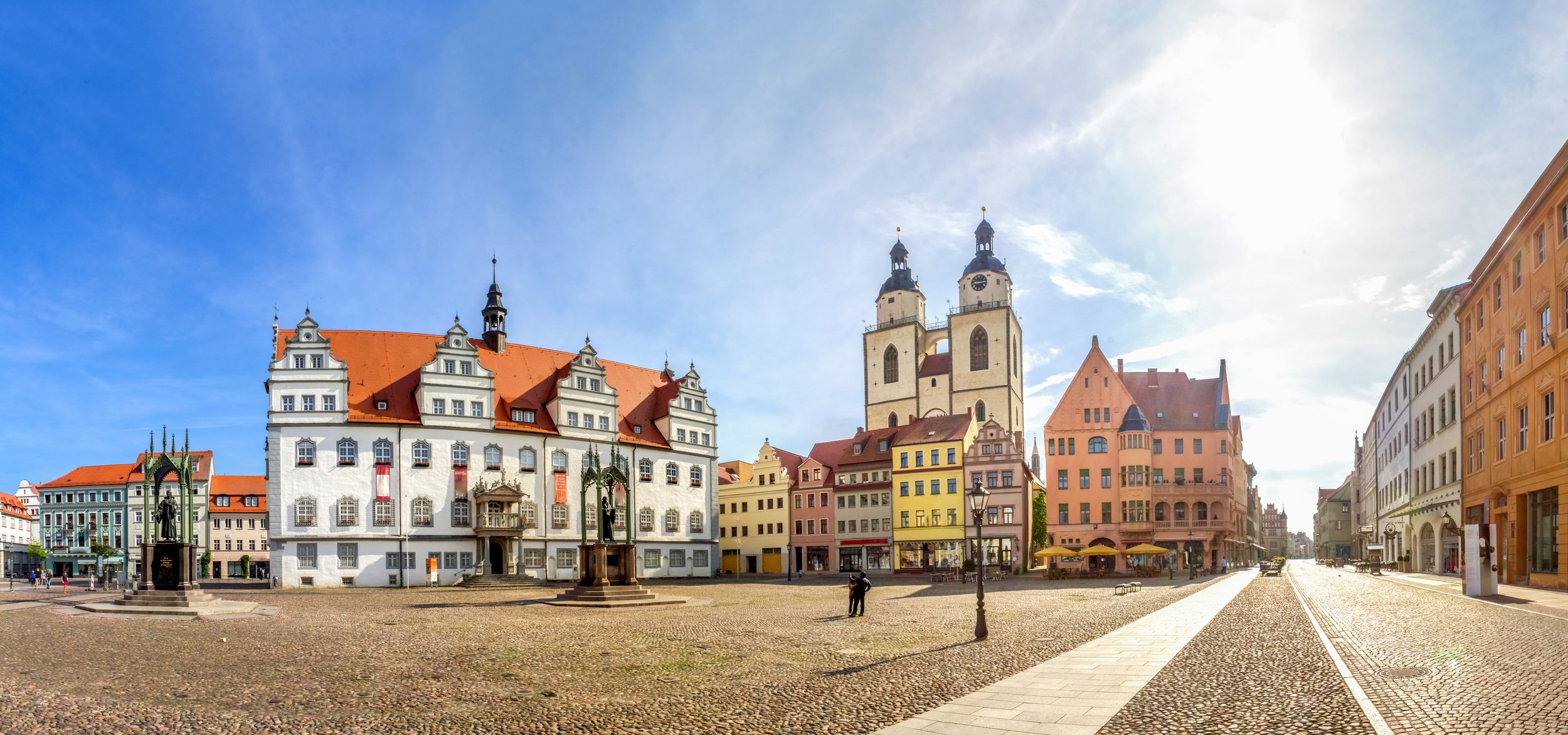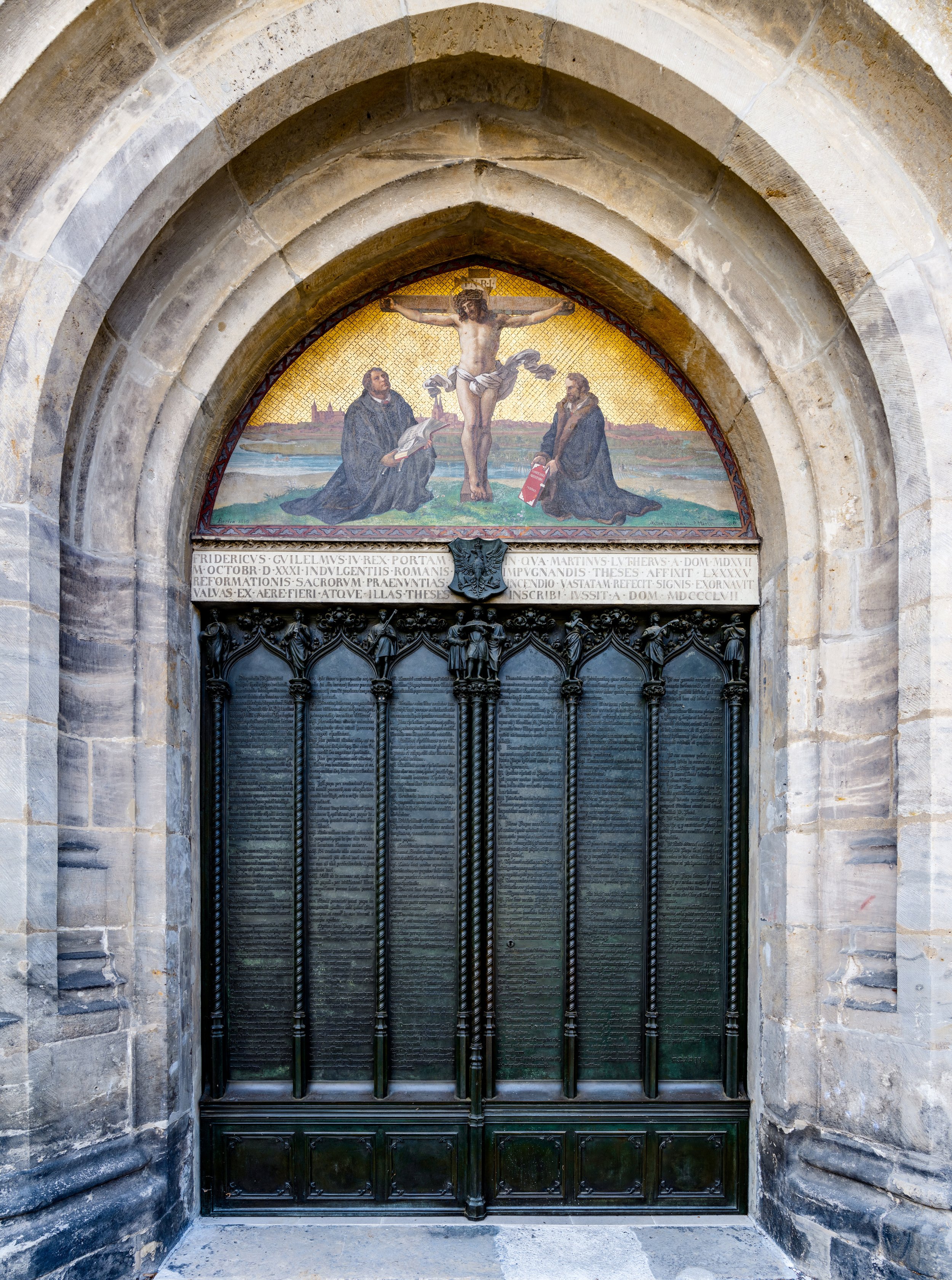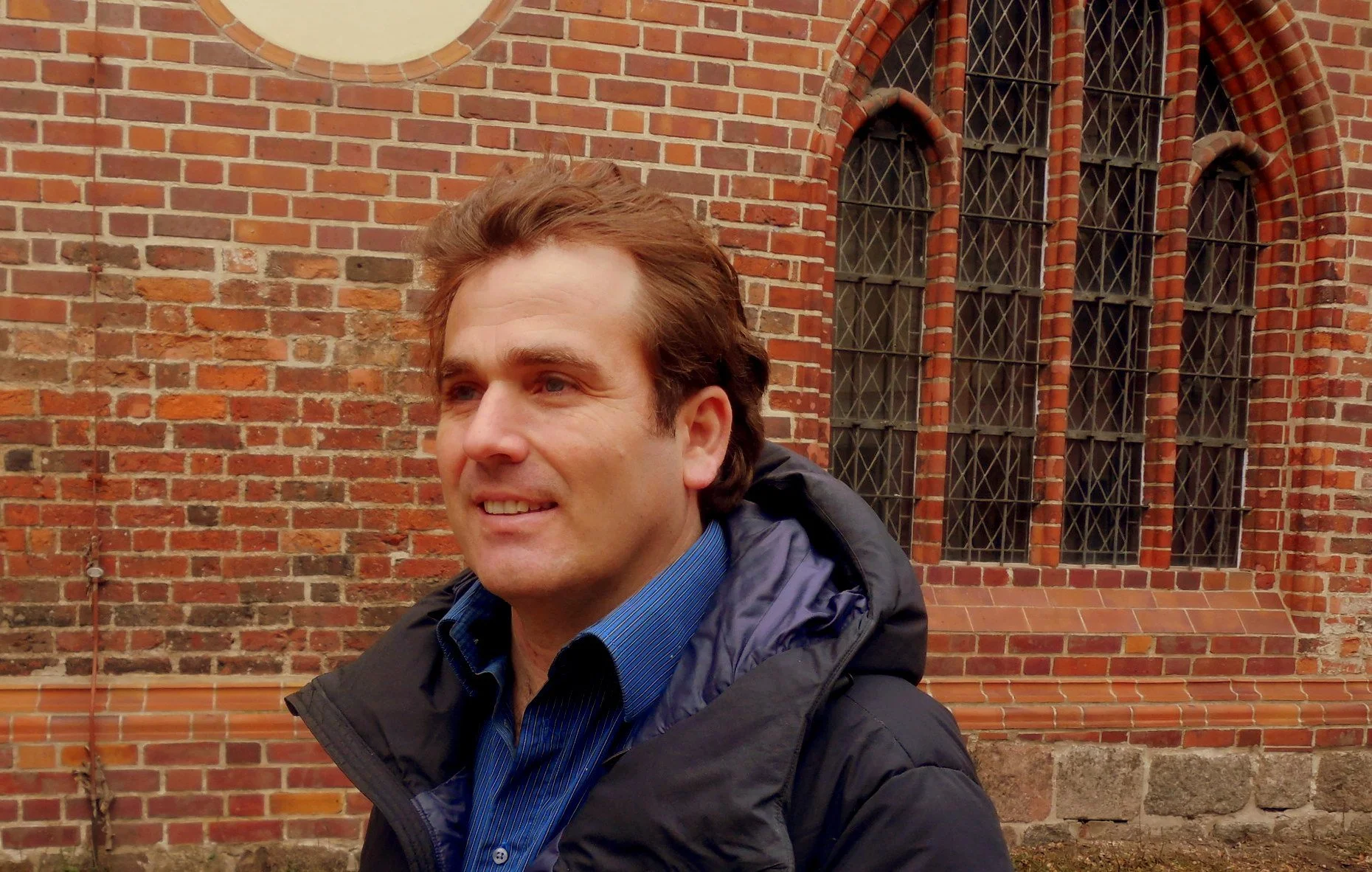
Wittenberg
Wittenberg Tour – Martin Luther & Reformation History
A short drive from Berlin, Wittenberg is the cradle of the Protestant Reformation.
The small town’s beautifully restored historic quarter stands in spectacular contrast to the impact of the religious movement which started here. On October 31, 1517, Martin Luther, then a little-known Augustinian monk published his 95 theses on the doors of the Wittenberg Castle Church. Mere decades after the invention of the printing press, Luther became one of the first media stars of the modern age, and the father of the Protestant Reformation.
In Wittenberg — Luther’s residence for most of his adult life — you will trace the life of Martin Luther and many of the reformers who helped pave the way for his and the Reformation’s success. On a Wittenberg tour you will come to understand Luther’s time, so different from ours, as well as the effect it had on his religious ideas. You will also see where he and his colleagues lived, where they studied and preached, and the historical and cultural environment they inhabited.
Tour
Highlights
-
Originally the Augustinian monastery Luther moved to in 1511. After the order’s disssolution in the ongoing Reformation, Elector Frederick the Wise gave the building to Luther as his personal residence. It became a household of family and students, run by his wife Katharina von Bora. Now home to the world’s largest Reformation Museum (most of it closed for refurbishment until March 2017).
-
A beautiful Renaissance building, home to Luther’s most important collaborator, the brilliant linguist, educator and theologian Philipp Melanchthon.
-
The city’s main square, in front of the stunning Renaissance town hall, features the most known and iconic sculptures of both reformers, Luther and Melanchthon.
-
The church in which Martin Luther not only gave thousands of sermons, but also the first church in which the more concrete ideas of how to reform the church service were applied. Furthermore, home to a masterpiece of Reformation art: the Altar by Lucas Cranach the Elder and Younger.
-
What used to be the Wittenberg University’s chapel and auditorium. Luther’s theses were nailed to its door. Decades later, he was buried inside the church. Partly ruined during campaigns in the 18th and then early 19th century, it was remodeled in a Neogothic manner in the late 19th century. It has since been magnificently restored.
AVAILABLE GUIDES:










